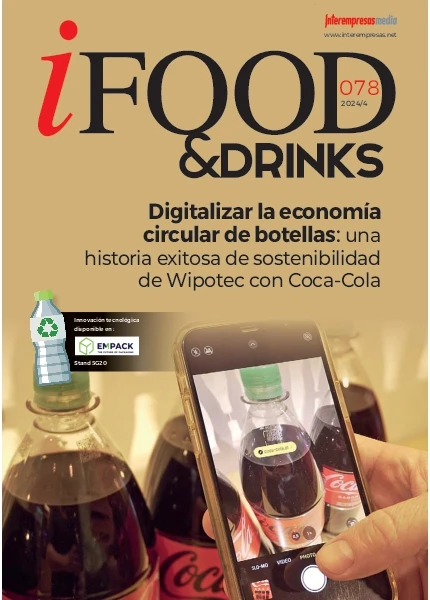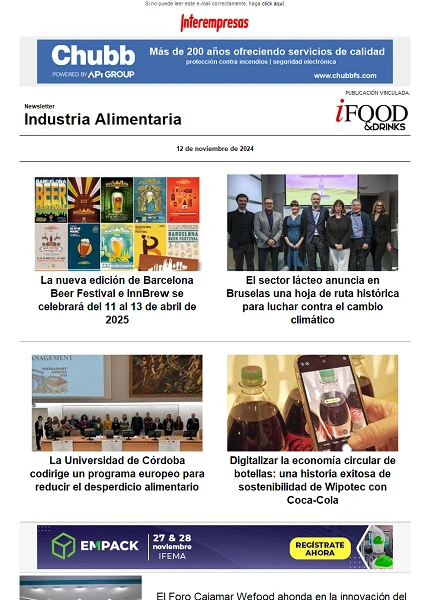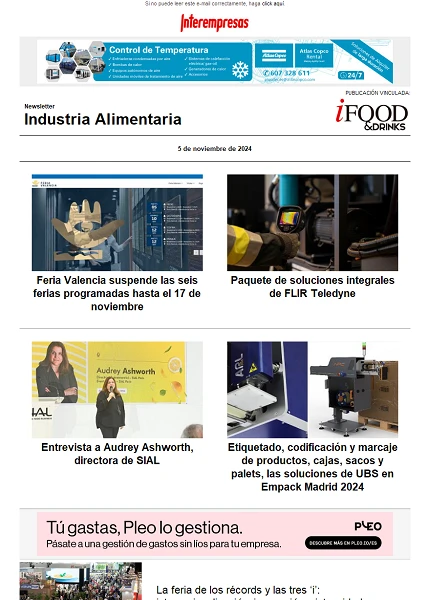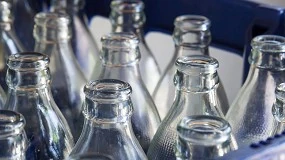Processed of foods and nutritional impact
Treatment of the prime matter
Between the most basic processes of treatment of prime matter find the ones of wash, peeled and troceado for example of fruit and vegetables. For these matrices, the wash produces losses of vitamins hidrosolubles (C and group B) by leaching, depending the quantity of the loss of factors as pH, temperature, relation volume of the food and solvent of wash. The processes of peeled and troceado can ocasionar important losses of vitamins especially if it has present that in a lot of cases the vitamins concentrate in the portions that refuse (tallos, leather, mondas).
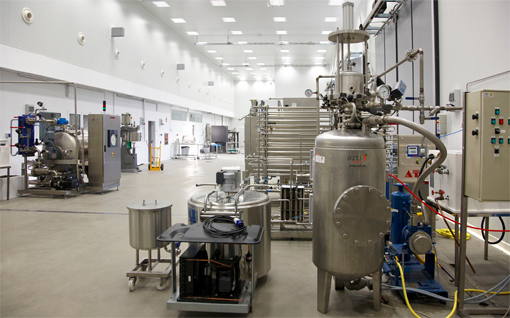
These processes hardly have nutritional impact on the products in which it applies although if there are data of oxidation of acids grasos, and vitamins (To, C, tiamina or B1) during the reduction of size like consequence of a greater exhibition to the oxygen of the surface of the food.

Methods of conservation
The nutritional losses of the foods in refrigeration vary in function of factors like the respiratory activity of the foods, the temperature of storage and the relative humidity of the environingingment.

The lyophilisation conserves the nutritional properties of the products with minimum impact in proteins, starches and other carbohydrates, and vitamins. However, the porous structure of the foods dehydrated does them accessible to the oxygen, what can cause alterations by oxidation of lipids.
The conservative effect of the thermal sensors treatments is due to the desnaturalización of the proteins, that destroys the enzymatic and metabolic activity of the microrganismos. What higher is the temperature and elder the length of the treatment, greater is the shredders effect on microorganisms and enzymes. Although the exhibition to high temperatures during short times equivale, regarding effect inhibidor on microrganismos and enzymes, to treatments with temperatures lower during long times, the destructive effect on the nutritional properties and organolépticas is lower for those treatments realised to low temperatures.
In general, the main nutritional impacts produce on the proteins. Like this they produce processes of: desnaturalización, improving in a lot of cases the digestibilidad and biodisponibilidad of these; crosslinking and/or coagulation of proteins, reducing the digestibilidad and the biological availability of the amino acids; reaction between sugars and proteins (Reaction of Courierslard), with the learning in some cases of molecules cancerígenas and reactions that involve free amino acids or joined to proteins (racemización, hydrolysis, desulphurisation, desaminación), that result in amino acids potentially toxic. Other effects of the thermal sensors treatments include the gelatinización of starches, the autooxidación of lipids and the transformation of minoritary compounds (vitamins).
The main processes of conservation based in heat base in the use of H2Or or steam (escaldado, pastaurisation, sterilisation, evaporation, extrusion, boiled, to the steam, escalfado, stew, under pressesure), hot air (roasted, horneado, gratinado, dehydration) and hot oils (fritura).
The changes caused on the nutritious value of the foods, when applying the less drastic treatments (ej. escaldado And pastarización), are of scarce importance. These combined with other operations (ej. Freezing, refrigeration, and with a suitable container) allow to prolong the useful life of very diverse foods as well as his nutritional value. However, the thermal sensors treatments more drastic (horneado, roasted fritura) have greater nutritional impact.
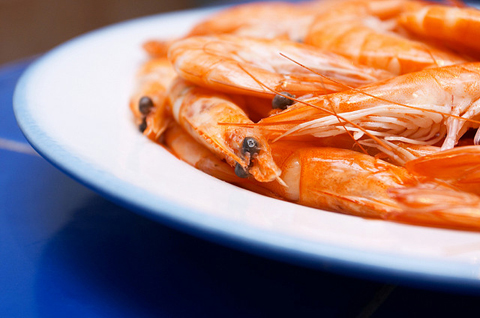
The changes caused on the nutritious value of the foods, when applying the less drastic treatments (ej. escaldado And pastarización), are of scarce importance. These combined with other operations (ej. Freezing, refrigeration, and with a suitable container) allow to prolong the useful life of very diverse foods as well as his nutritional value. However, the thermal sensors treatments more drastic (horneado, roasted fritura) have greater nutritional impact.
The escaldado, essential in fruit and vegetables, applies before the processed to destroy the enzymatic activity of these. During the escaldado the losses of vitamins owe in greater part to the effect of the wash, to the termodestrucción and in lower degree to the oxidation. The losses will depend on factors like the maduration and variety of the food, his size of cut, the relation surface-volume of pieces, the time and the temperature of escaldado and the method of cooling. Like example, the loss of vitamin C in the escaldado of cauliflower by steam and cooling by water is of 22% in front of 95% that produces if the cooling realises by air.
The pastaurisation is a thermal sensors treatment relatively soft (generally T<100 °C, ) that uses to prolong the useful life of the foods during several days. The application of moderate temperatures during short times, causes minimum changes in the nutritious value and the characteristic organolépticas. However, in the sterilisation where apply temperatures and upper times to the pastaurisation, to achieve products of greater useful life (upper to 6 months), produce substantial changes in the nutritious value and organoléptico of the foods. Whereas during the pastaurisation of the milk the loss of vitamin C is of 25% and inferior of 10% for the rest of vitamins, during the sterilisation the loss is of 50-90% for the vitamin C and of 20% for tiamina (B1), piridoxina (B6) and B12 and of 30% for the acid fólico. Also during the sterilisation of fruit and vegetable produce important losses of all the vitamins hidrosolubles, especially of vitamin C.
Another process in which also it deletes the water, but by evaporation, is the dehydration. The loss of nutritious value in ready products by dehydration has to more to the processes of manufacturing of the matter that to the of dehydration in if. Time of short dehydration and low temperatures help to the conservation of vitamin C during the dehydration of products. In the production of milk dehydrated produces the desnaturalización of proteins and the loss of the amino acid lisina.
The extrusion is a process that combines diverse unitary operations like mixed, cocción, kneaded and moldeado. The lost by extrusion, vary in function of the type of food, the content in water, the time and the temperature of treatment. The molecules of starch break in molecules smaller what does them more digeribles. This process besides increases the digestibilidad of proteins by desnaturalización, although they produce losses of amino acids like the lisina. There is not hardly losses of lipids and the minerals retain . Regarding vitamins, know data on losses of betacaroteno (50%) and vitamin E (40%) during the extrusion of flour of wheat. When the extrusion realises in cold, the loss of vitamins is minimum.
The processes of boiled and cooked to the steam cause minimum loss of vitamins.
In the horneado and roasted uses hot air to modify the characteristics of the foods. The horneado, with temperatures body 140-200 ºC, applies usually to fruit and foods harinosos and the roasted, with temperatures between 120-250 °C, to the meats, vegetables…. To upper temperatures to 200°C in the surface of foods some rests of amino acids decompose and pirolizan, obtaining compound mutagénicos. The high temperatures used in these processes produce the loss of vitamins termolábiles. Like this for example during the horneado of bread produces a total loss of vitamin C.
The main changes that can produce consist in: transfer of mass between oil of fritura and food, thermal sensors decomposition of nutrients and the interaction between components fritos and products of oxidation of the oil of fritura. When the fritura realises to high temperatures, the development of the bark in the superficial layer produces with big rapidity, which protects to the rest of the food, retaining a greater proportion of nutrients.
In general, in the fritura the oil has to keep to a maximum temperature of 180 °C. If they fry the foods to a too low temperature, these trap more fat. The water, that is contributed by the foods that fry in the oil, increases the dissociation of the acids grasos that produces during the warming. The hydrolysis generates a low quality oil with a point of smoke lower, a darker colour and a flavour altered. During the warming, the oils also polimerizan, generating a viscous oil that absorbs easily by the foods and that generates a greasy product. What more saturated (solid) are the oils, more stable are in front of the dissociation oxidativa and hydrolytic, and less easy is that polimericen.
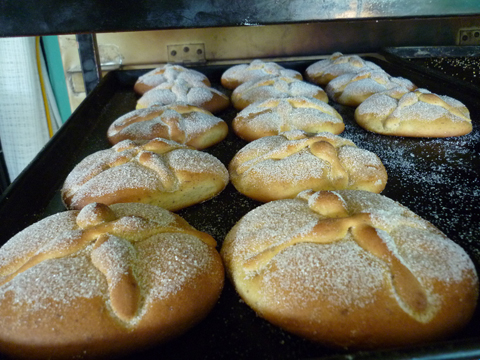
The microwaves are source of indirect heat as the electromagnetic power trasmite in waves that penetrate in the food and turn into heat. They possess the advantage of a fast warming through the food with a lower temperature and time of cooked. Like consequence the loss of vitamins termosensibles minimises respecto other forms of cooked. Besides, the use of lower volumes of water for the warming by microwaves produces a greater retention of nutrients hidrosolubles like vitamins and mineral. By means of this form of cooked, the reaction of Courierslard also sees minimised.
Packaging
The storage of fruit and vegetable in an optimum rank of low concentration of Or2 and/or elevated of CO2 reduces his breath, improving to his time the retention of his nutritional characteristics. Like example, the loss of vitamin C after the harvest can be reduced in the storage of fruit and vegetables in atmospheres of reduced content in Or2 and/or until a content of 10% in CO2. This type of atmospheres contribute also to reduce the loss of carotenos (provitamina To) as it warns his oxidation.
At present, Are exploring and implementing new methods of processing, for example new technologies that do not employ heat, with the aim to provide safe foods of greater nutritional quality. In this sense, from the area of New Technologies of Azti-Tecnalia is working in the evaluation of the nutritional impact in foods after the application of alternative technologies to the at present present in the market that can surpass the disadvantages that these present.
- Chemical of the Foods. Owen R Fennema, Ed. Acribia, S.A. 2000.
- The nutrition handbook for food processors. CJK Henry, C Chapman. Ed. CRC 2002.
- Emerging Technologies for Food Processing. It gives-Wen Sun, Elsevier 2005.


